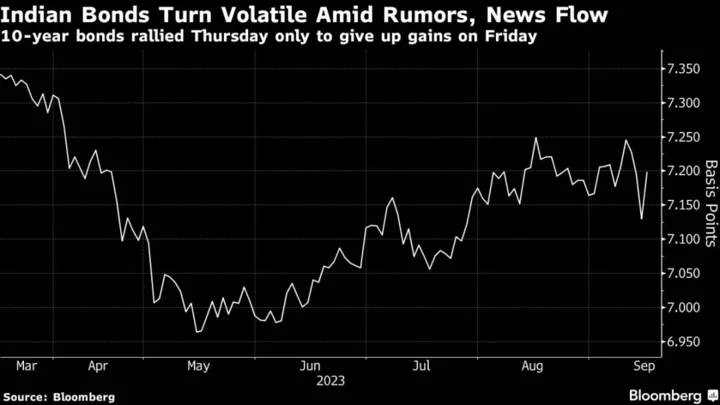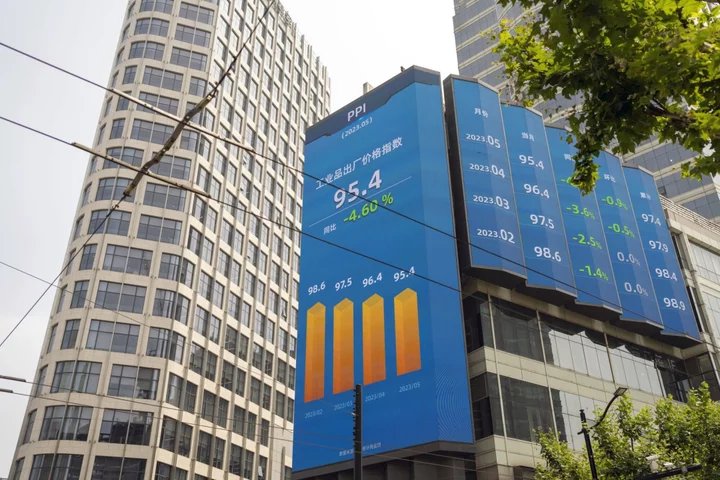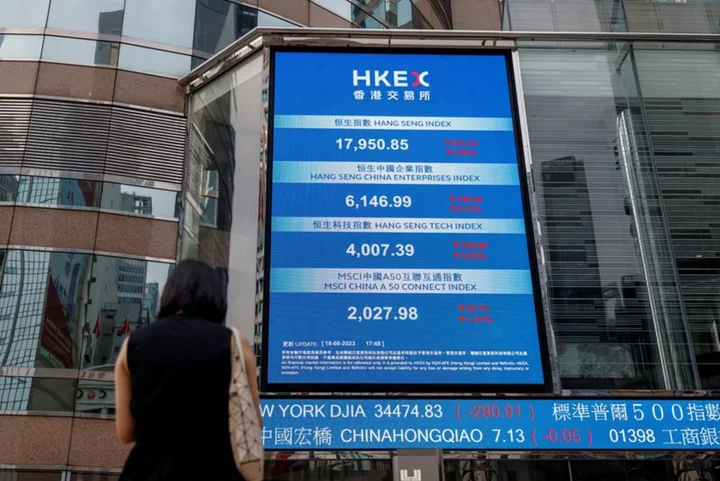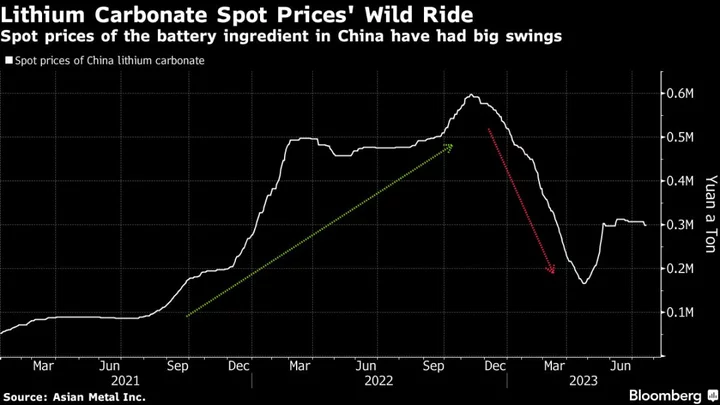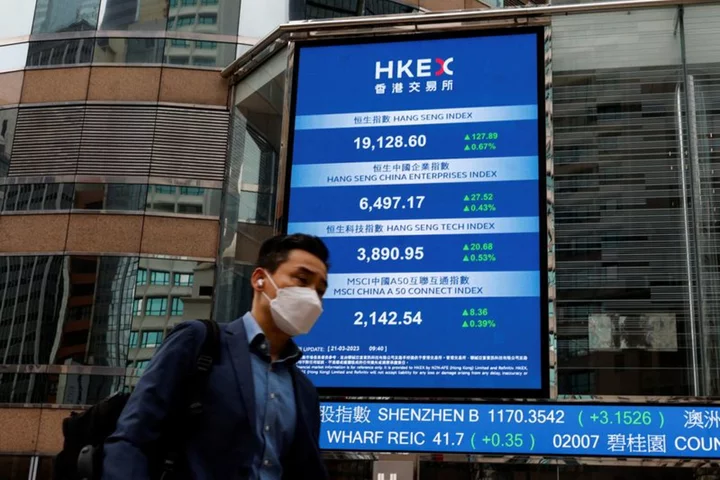The yuan climbed from a 16-year low as China started the week on the offense, sending another forceful signal with the reference rate for the managed currency and urging state banks to support it.
The onshore yuan rose for the first time in seven sessions, after falling to its weakest since 2007 last week. The People’s Bank of China’s daily fixing was stronger-than-expected by a record margin and state-owned lenders were seen actively selling dollars, according to traders who asked not to be named.
Monday’s fixing “underscores policymakers’ resolve to keep the yuan depreciation pressure in check,” said Christopher Wong, an FX strategist at OCBC in Singapore. “It remains early to tell if this is really a turnaround due to the effects of economic support measures.”
Weighed by China’s increasingly gloomy economic outlook and interest-rate divergence with the US, the onshore yuan slumped perilously close to the weak end of its 2% fixed trading band versus the dollar last week. Signs of easing factory deflation in August, a positive press report on credit growth and a rally in the yen which weighed on the dollar may also have helped the Chinese currency.
Despite the PBOC’s efforts to support the yuan, many strategists argue the central bank will only aim to slow the pace of declines and is unlikely to do anything too drastic to reverse the weakening trend.
The yuan gained about 0.3% in both onshore and overseas trading as of 10:45 a.m. local time.


